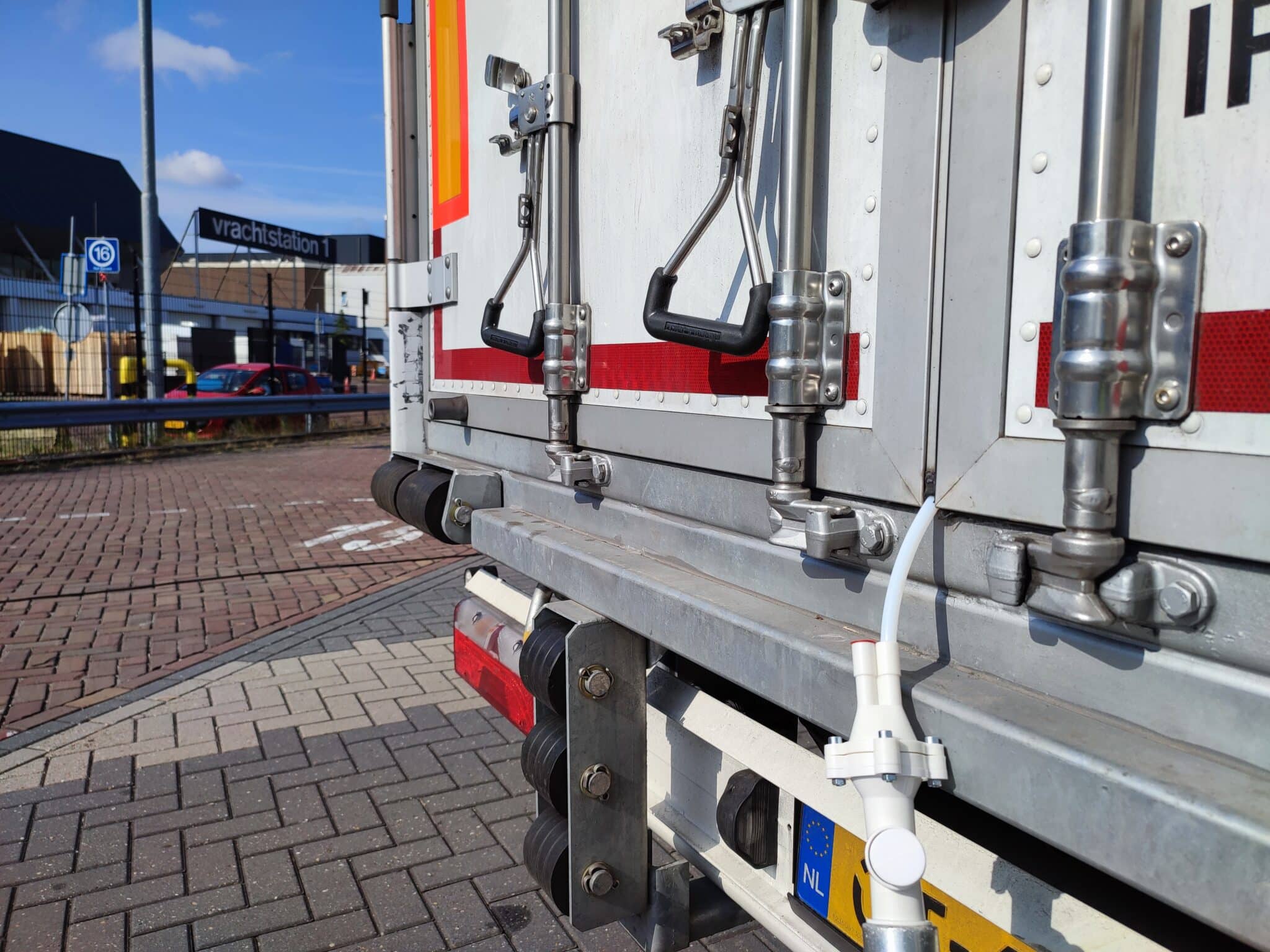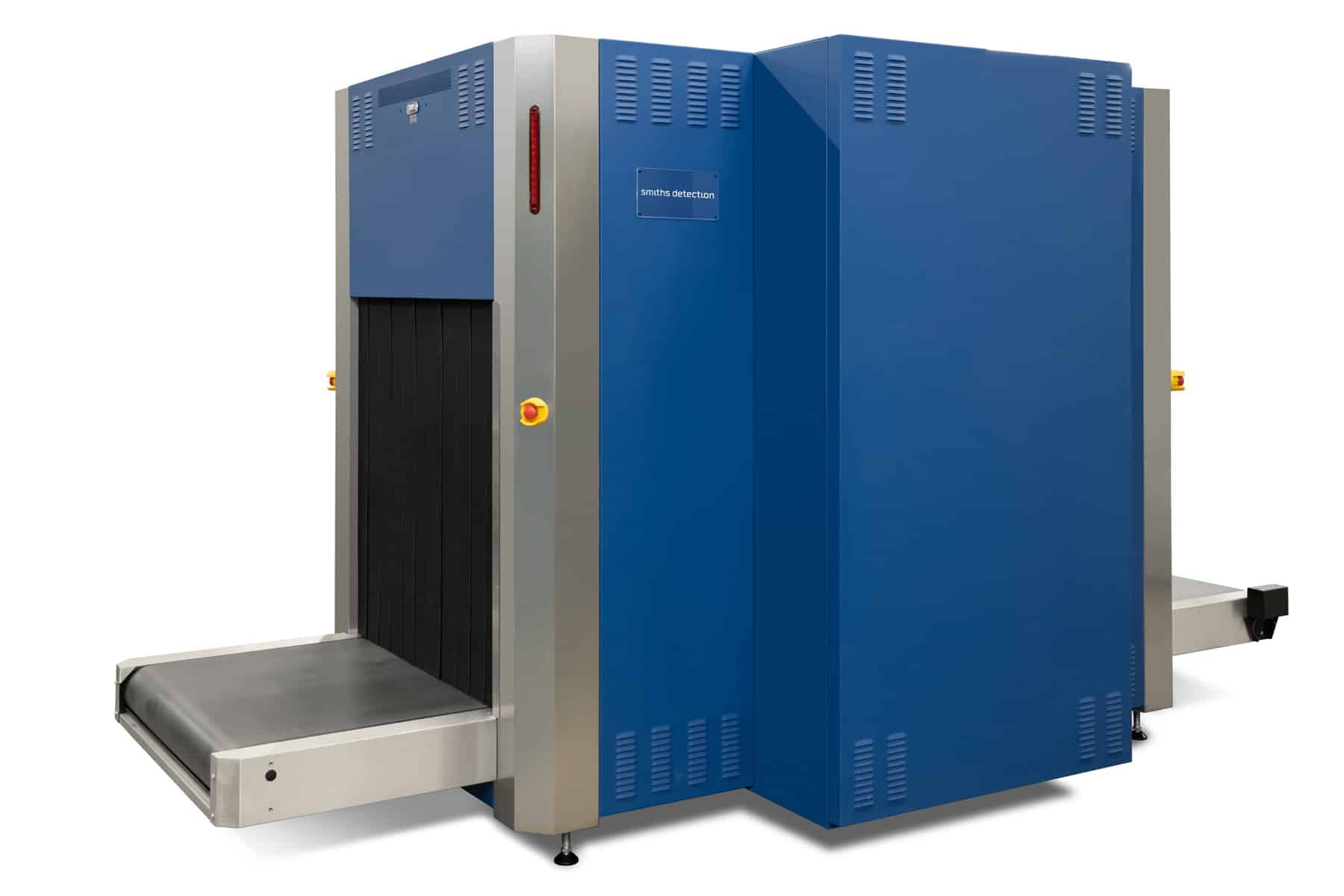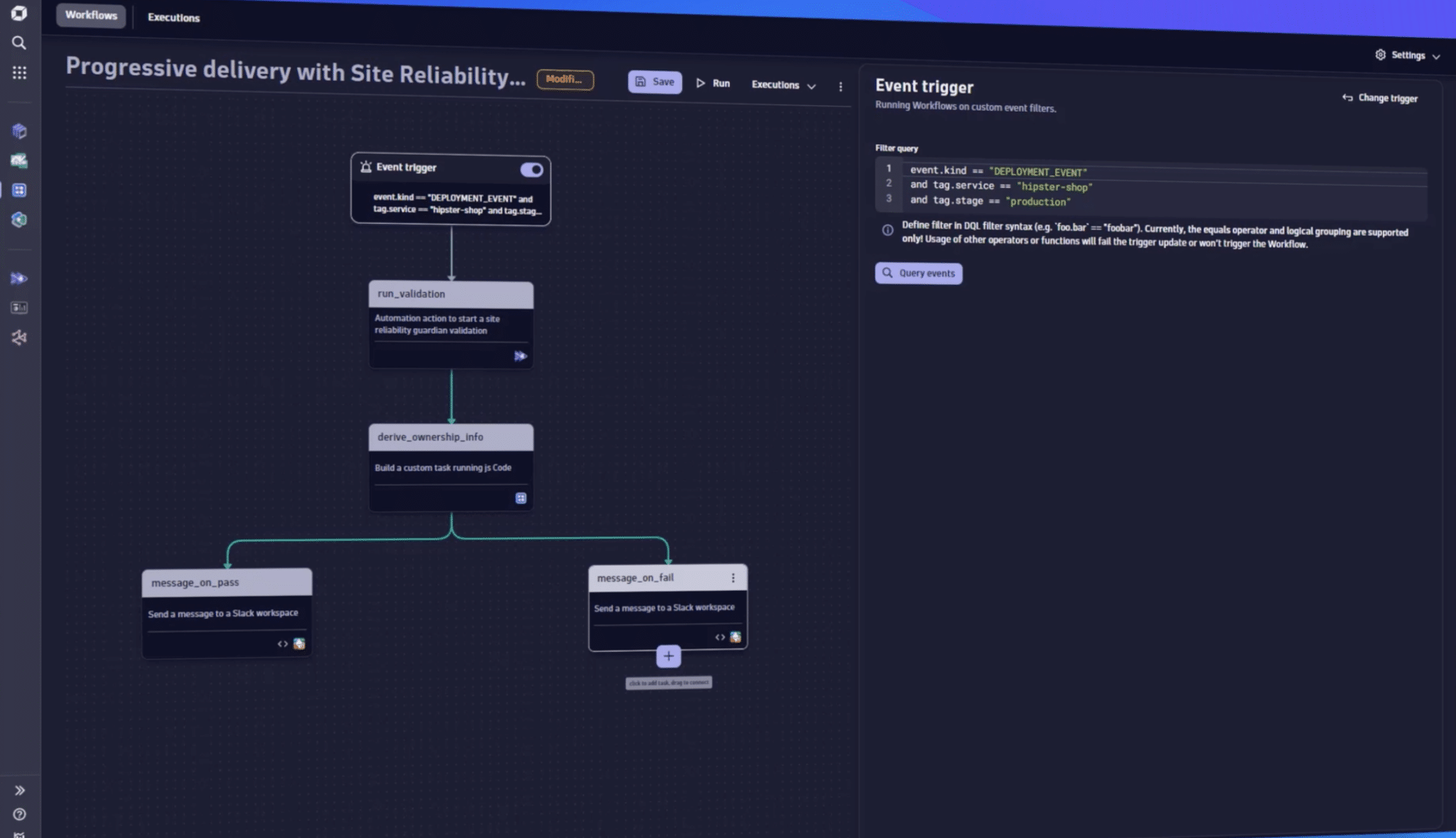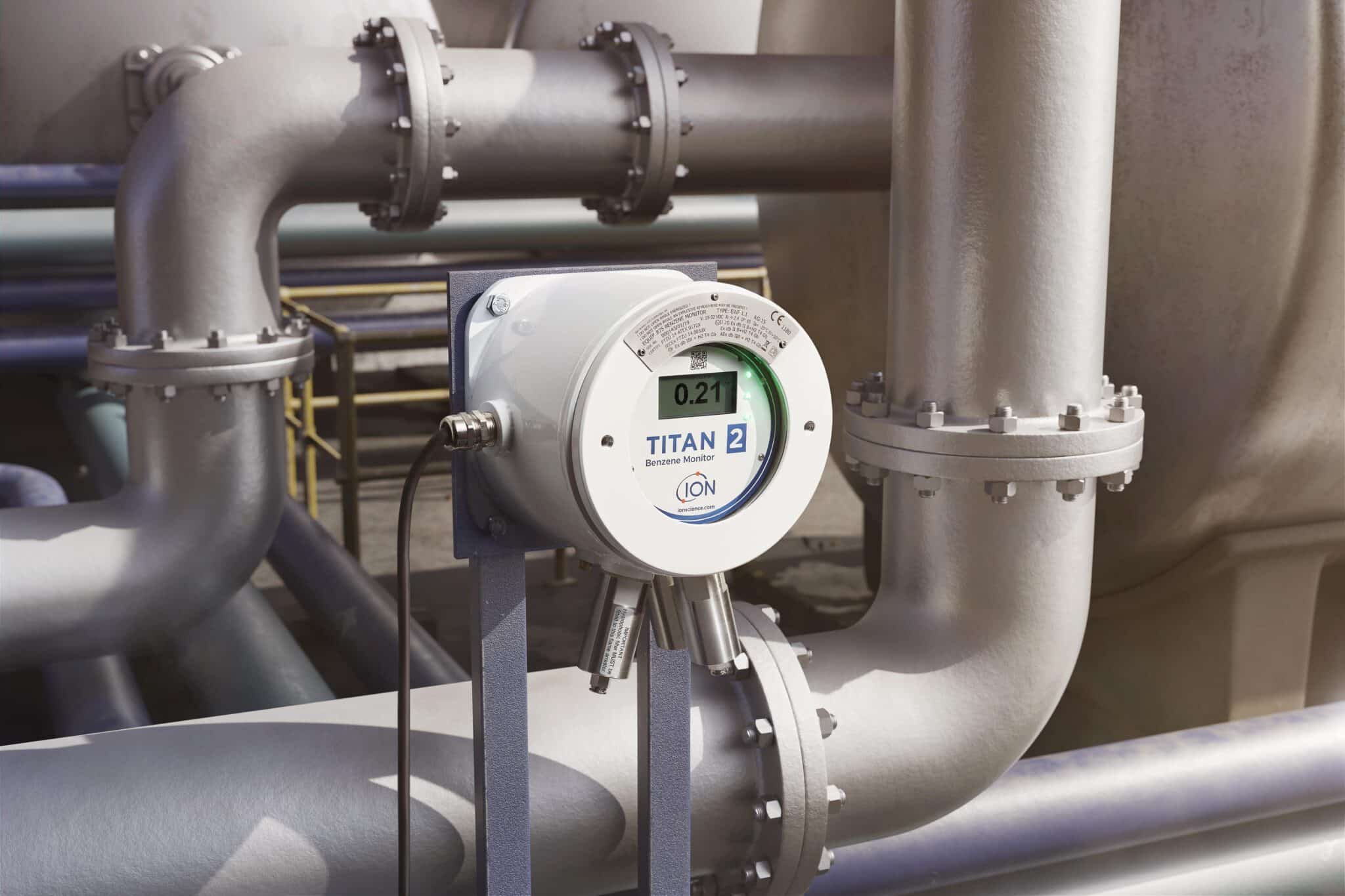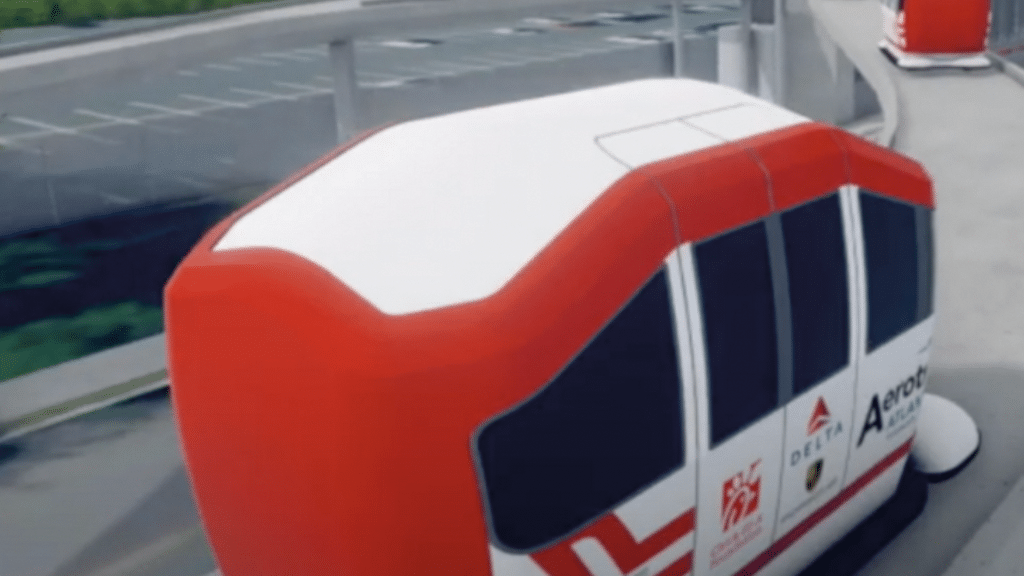A Spanish technology company specializing in digital identity and biometrics, announced its Voice Biometrics Solution is now available on the Genesys AppFoundry, a marketplace of solutions offering a curated selection of applications and integrations that elevate customer and employee experiences.
With Veridas Voice Biometrics, Genesys says customers can easily identify their users in as little as three seconds.
As a 100% proprietary solution, Veridas Voice Biometric revolutionizes call center authentication with real-time voice recognition. Swift and secure, and powered by top-class NIST-rated algorithms, Veridas replaces lengthy knowledge-based verification methods with passive identity verification, utilizing a text and language-independent solution that provides a seamless customer experience.
“Veridas brings a paradigm shift to the contact center industry,” says Ignacio del Castillo, head of strategic partnerships, Veridas. “Our clients benefit from reducing Average Handling Time (AHT) by 60-90 seconds while increasing client satisfaction and Net Promoter Score (NPS). In today’s digital landscape, ensuring the security of customer interactions is paramount. From just a simple, 3-second conversation, Veridas can accurately address customers by name, guaranteeing their true identity and mitigating the risk of fraudulent activities. With Veridas’ breakthrough capabilities, businesses can confidently embrace a new era of contact center operations, combining efficiency, customer satisfaction, and enhanced security.”
Veridas developed an integration of its Voice Biometrics solution in Genesys Cloud CX to provide customers with a secure and streamlined authentication experience while reducing fraud and improving operational efficiency in contact centers, both in IVR and live-agent interactions. In 2021, BBVA, a global financial giant, successfully integrated Veridas voice biometrics through Genesys to authenticate customers. According to Miguel Villaumbrales, Head of Digital Identity at BBVA, “People readily embrace biometrics when it addresses their needs – something Veridas’ technology has accomplished.”
Veridas application is now available with Genesys Cloud CX, an all-in-one composable solution that helps organizations offer frictionless and connected customer and employee experiences. As a modern, API-first experience orchestration platform, Genesys Cloud CX enables organizations to coordinate every interaction and touchpoint through a full suite of omnichannel options, built-in employee experience, turnkey AI and end-to-end journey optimization.

